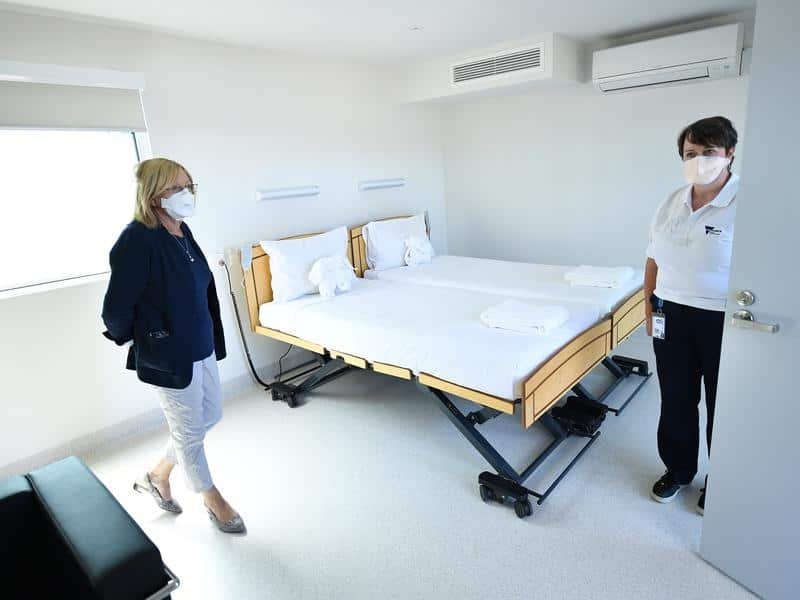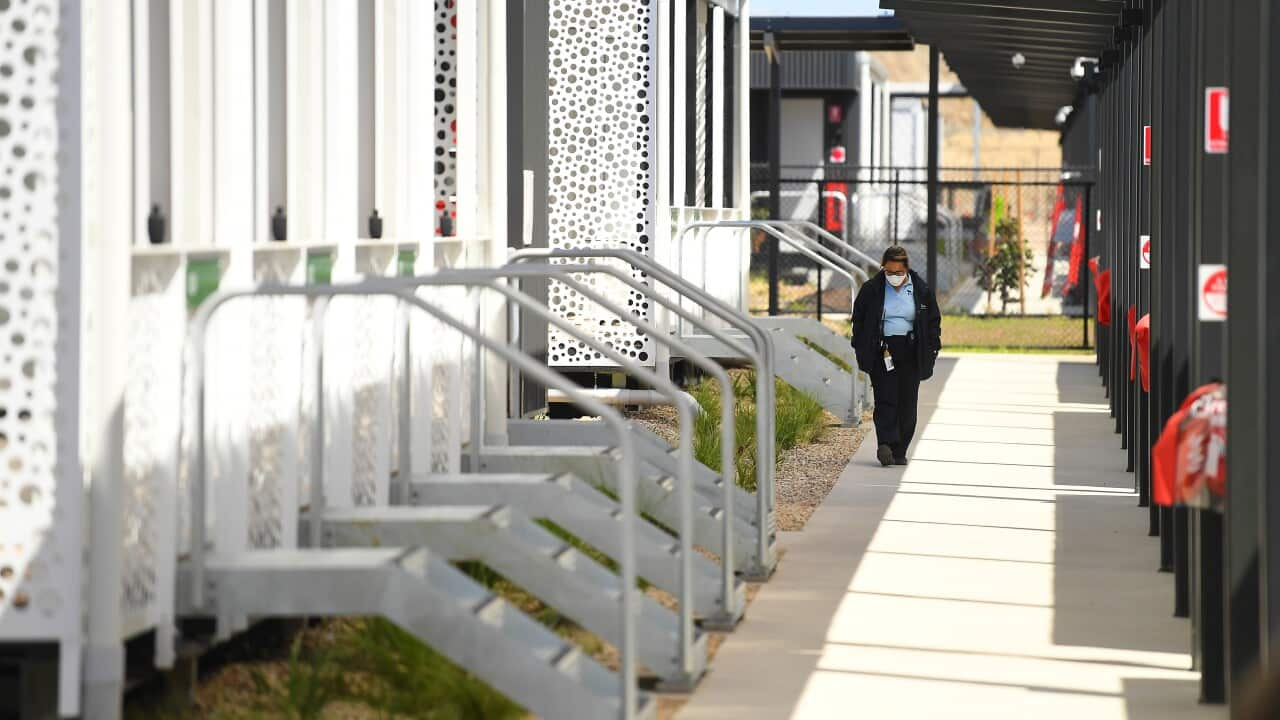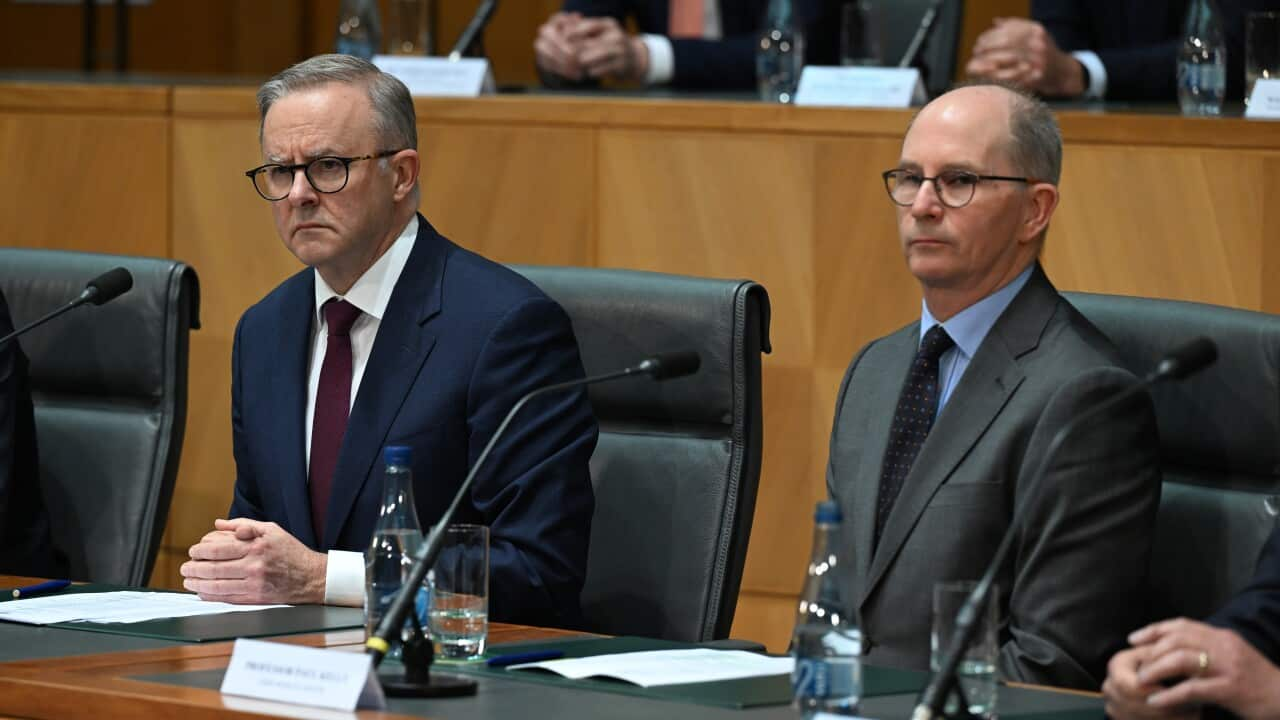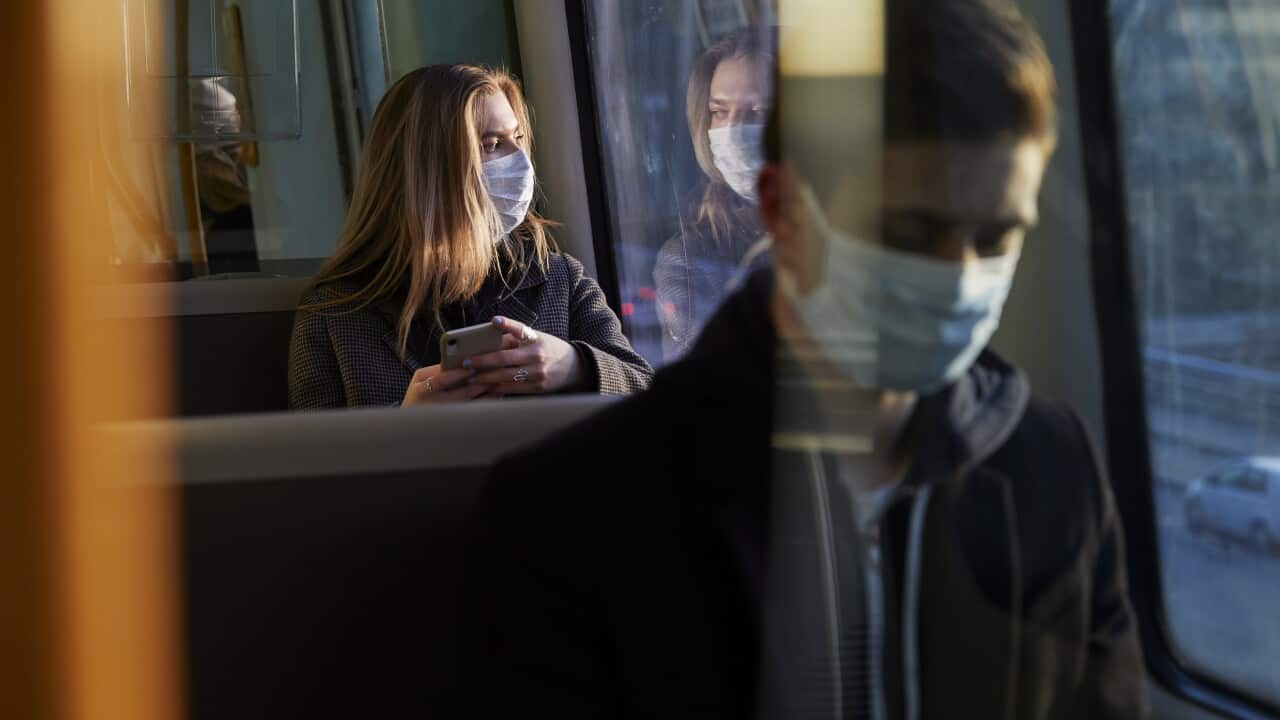Key Points
- Australia spent hundreds of millions of dollars on COVID-19 facilities in Victoria, Queensland and Western Australia
- Was it worth it, and what happens to the facilities now that they're all closing their doors?
Purpose-built COVID-19 quarantine facilities in three states are no longer in use, leaving open questions as to what will happen to them.
Almost eight months after opening its doors, will soon close.
The facility opened in February and housed 2,168 people for isolation purposes during the pandemic.
It comes after a similar closure was announced for the (QRAC), while the Bullsbrook facility in Western Australia has yet to be used at all.
Each of these facilities cost hundreds of millions of dollars to build.
How much did these facilities cost, and what will happen to them now?
Victoria’s Mickleham facility, on the outskirts of Melbourne, reportedly cost $580 million to build, while Western Australia's Bullsbrook quarantine centre, about 40km northeast of Perth, reportedly cost $400 million.
At a budget estimates hearing in July, Queensland Deputy Premier Steven Miles outlined the projected costs of the Queensland Wellcamp facility, which is just outside Toowoomba, about 130km west of Brisbane, at more than $220 million.
It stopped hosting guests in August.
What will happen to these facilities remains unclear, but they now appear to be unused.

Victoria's quarantine hub at Mickleham opened in February and will close in October. Source: AAP
According to a statement from the Victorian state government, the Mickleham facility can be considered for other potential uses a few months ahead of schedule, including emergency accommodation ahead of summer.
The government said the hub remains an "important asset" should Victoria again need appropriate quarantine facilities to keep Victorians safe from rapidly transmissible diseases.
Similarly, the Queensland government says the QRAC has been placed in care and maintenance but will remain available should the pandemic response settings change, and alternate uses for the facility will be investigated.
These states were the only ones to build dedicated quarantine facilities. The Howard Springs facility in the Northern Territory was repurposed from existing worker's accommodation to became the Centre for National Resilience during the pandemic. It has also closed its doors and is now being maintained by the Department of Infrastructure, Planning and Logistics. It remains on standby.
Other states and territories used hotels as quarantine facilities.
Was it worth it?
Victorian Minister for Police Anthony Carbines said the Victorian Quarantine Hub had served its purpose in keeping people safe from COVID-19.
"Its closure is another step in our recovery from the pandemic," he said.
“Australia needed these facilities before the pandemic first hit – but this important facility now exists as an insurance policy in the event of a future pandemic, or to provide accommodation in emergencies like natural disasters.”
Professor Tim Harcourt, professor and chief economist at the University of Technology Sydney, says there are a few angles to consider when evaluating whether the hundreds of millions of dollars was money well spent.
"I suppose there's an account and an accounting aspect, which is, did you build up the most efficient way you could?" he said.
"But then there's the economic question, which is, what happens if you hadn't built them? What happens if there was another pandemic in the future - which is quite possible - and you knock them down and rebuild them again, that will probably cost more."
Professor Harcourt says economically, the facilities can be viewed as a "sunk cost".
"I think politically, (the government) wouldn't have been able to not build them in a sense, so I don't think they had much choice," he said.
"Now we've got them, economists call it a sunk cost ... you've got them now and hindsight's a wonderful thing; let's see what we can re-purpose them to use them for."











